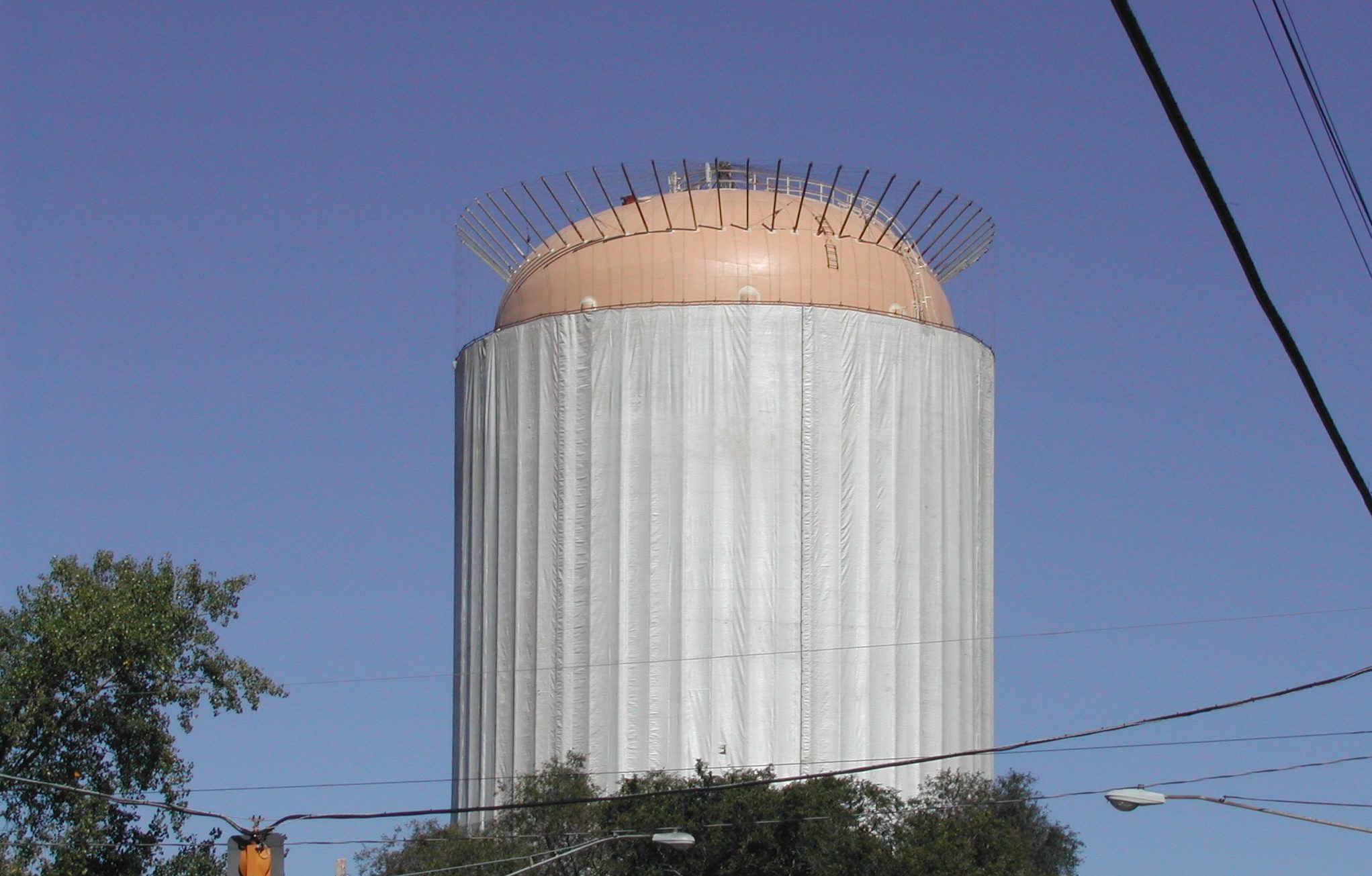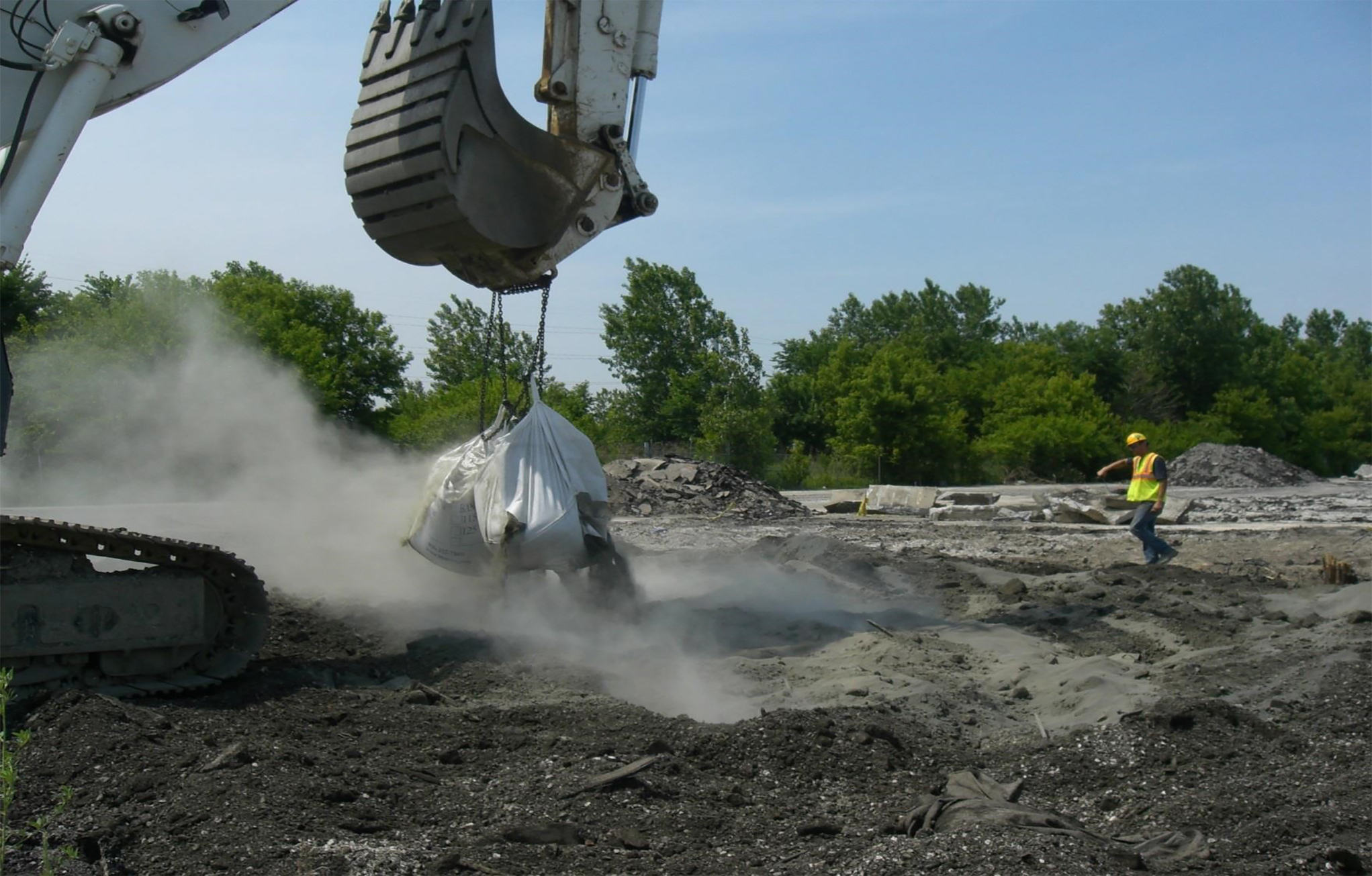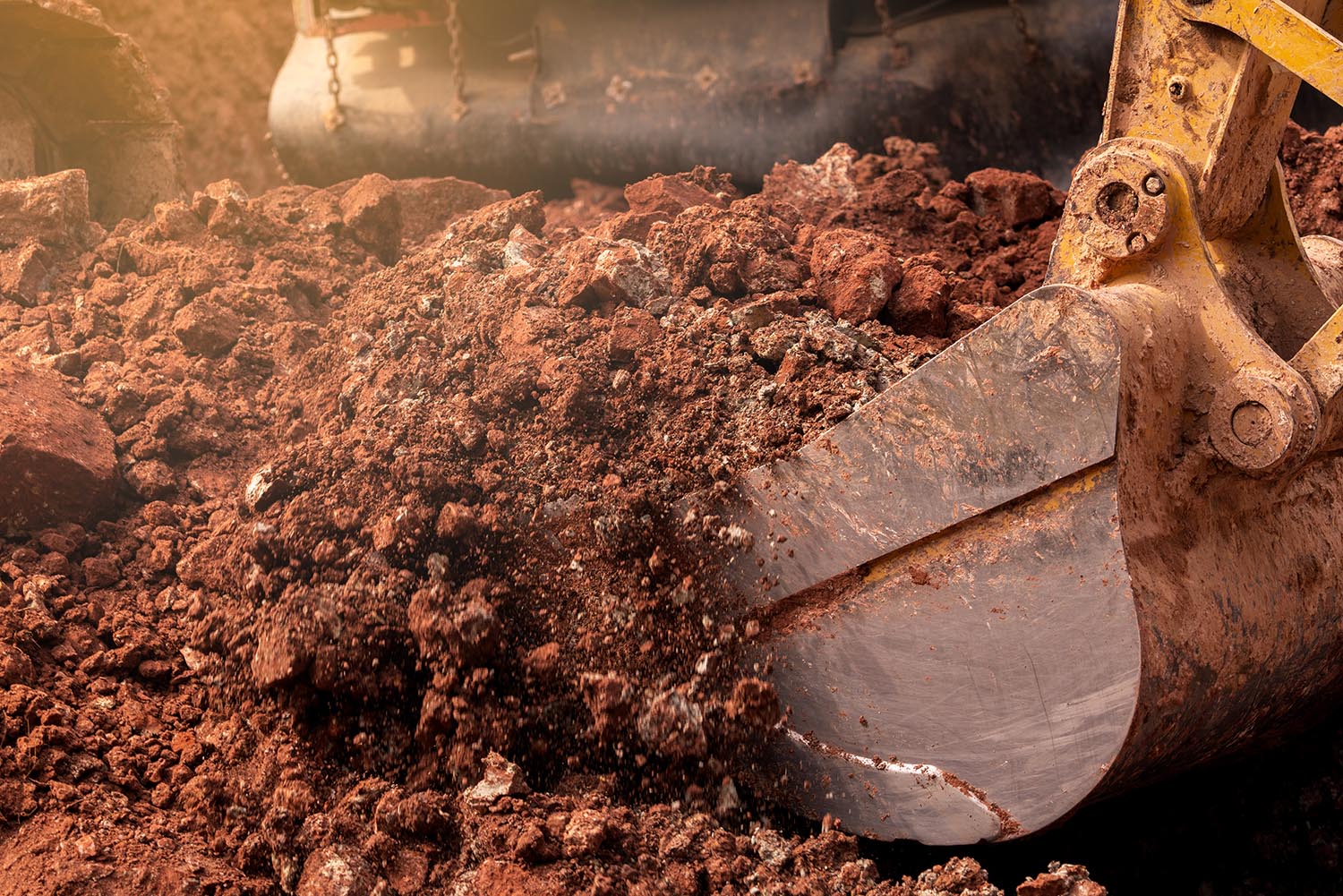
Regulations for Handling Metal Contaminated Soils
The Environmental Protection Agency (EPA) plays a crucial role in safeguarding the environment and public health by implementing regulations for handling metal contaminated soils. These regulations are designed to mitigate the adverse effects of metal pollutants on ecosystems, water sources, and human well-being.
One key aspect of EPA regulations is the establishment of permissible exposure limits (PELs) for various metals commonly found in soil contaminants, such as lead, mercury, cadmium, and arsenic.
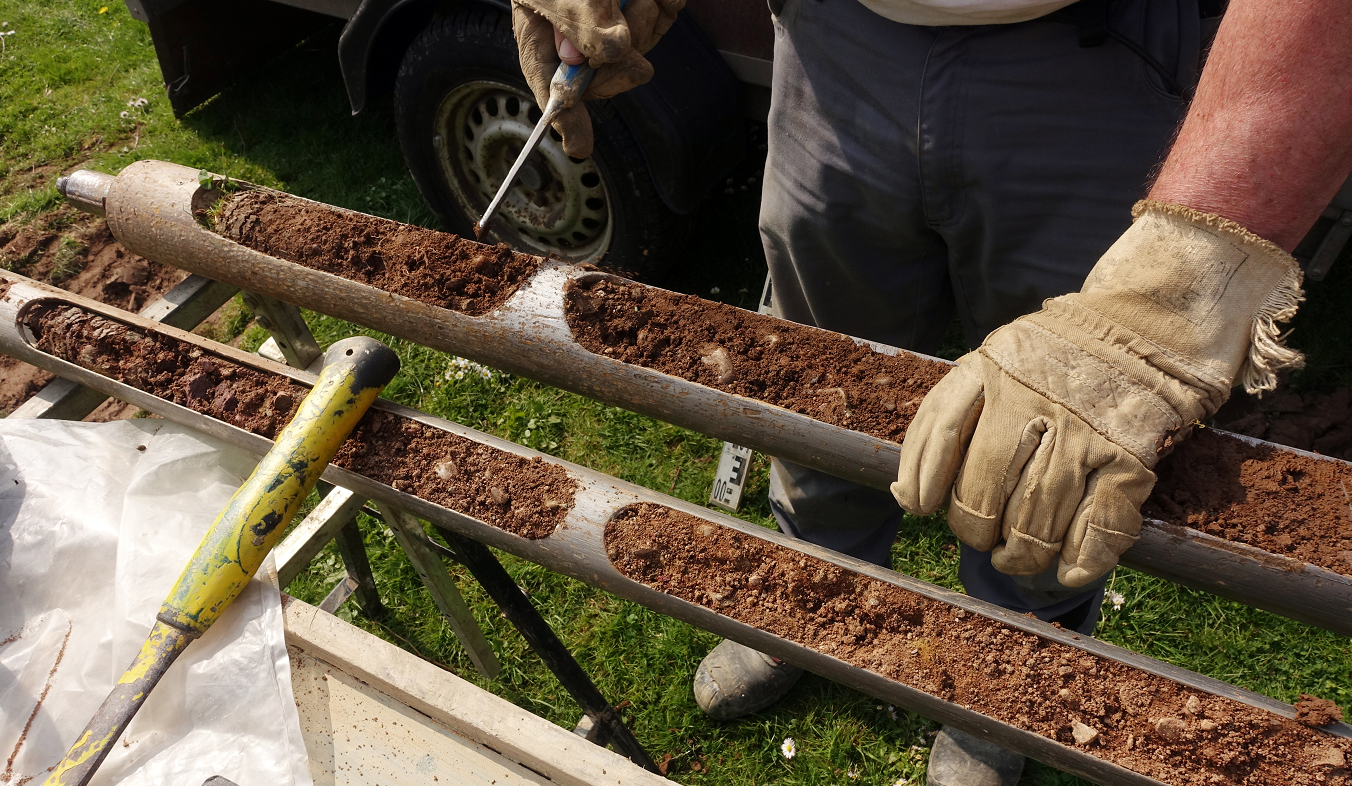
PELs dictate the maximum allowable concentration of these metals in soil to prevent harmful exposure. Site-specific risk assessments are often conducted to determine appropriate cleanup levels, considering factors like the type of metal, soil characteristics, and potential pathways for human exposure.
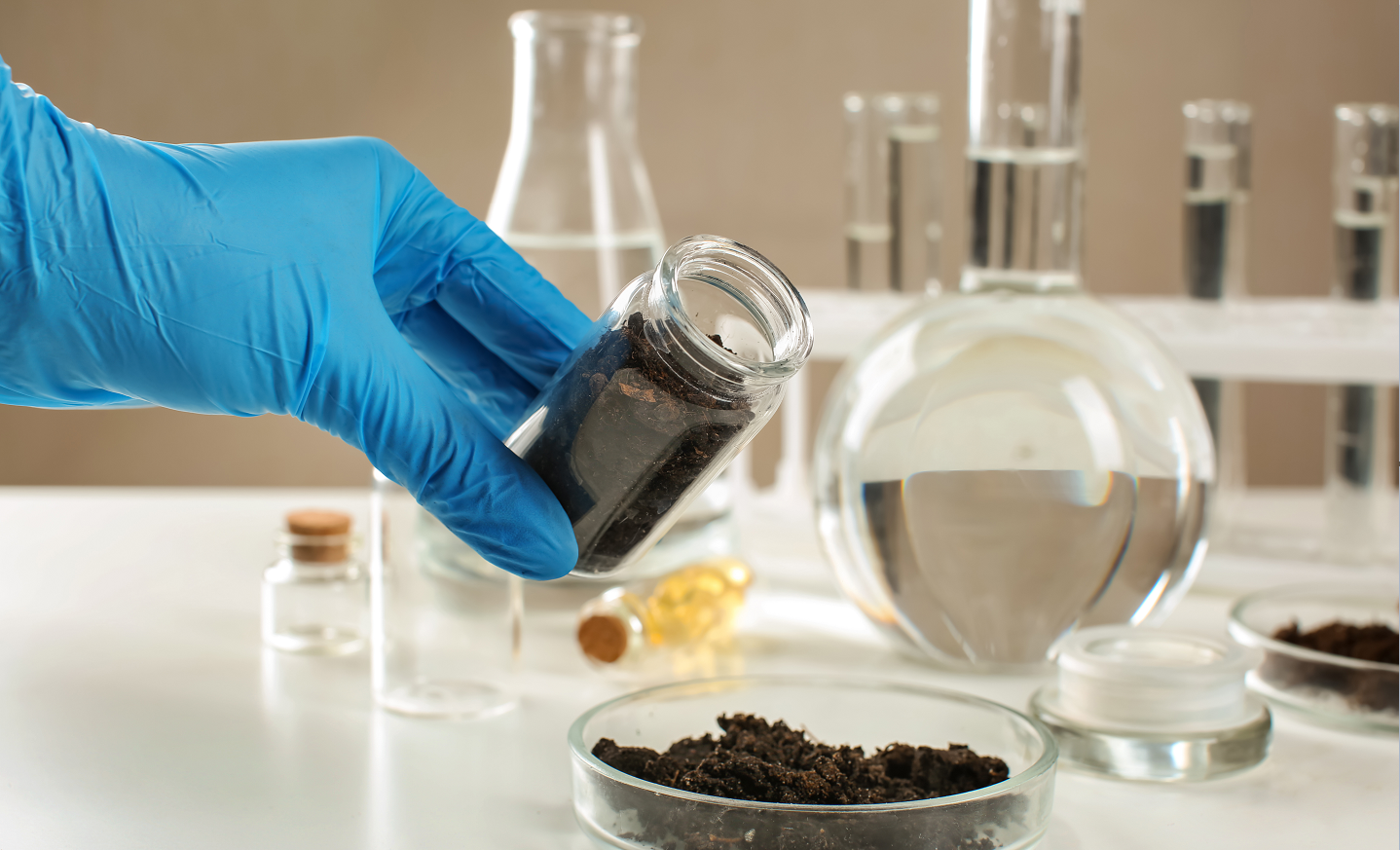
The EPA also outlines specific procedures for the identification and characterization of metal-contaminated soils while handling metal contaminated soils. This involves site assessments, sampling, and laboratory analysis to accurately determine the extent and nature of contamination. These assessments help in developing effective remediation strategies tailored to the specific site conditions.
Blastox 215
In summary, EPA regulations for handling metal-contaminated soils encompass PELs, site assessments, remediation strategies, BMPs, advanced technologies, and community involvement. These measures collectively aim to protect the environment and public health while facilitating responsible and sustainable soil management practices.
BMPs such as Blastox 215 are a great reagent for stabilizing metal contaminated soils thus allowing non-hazardous disposal of such contaminations.
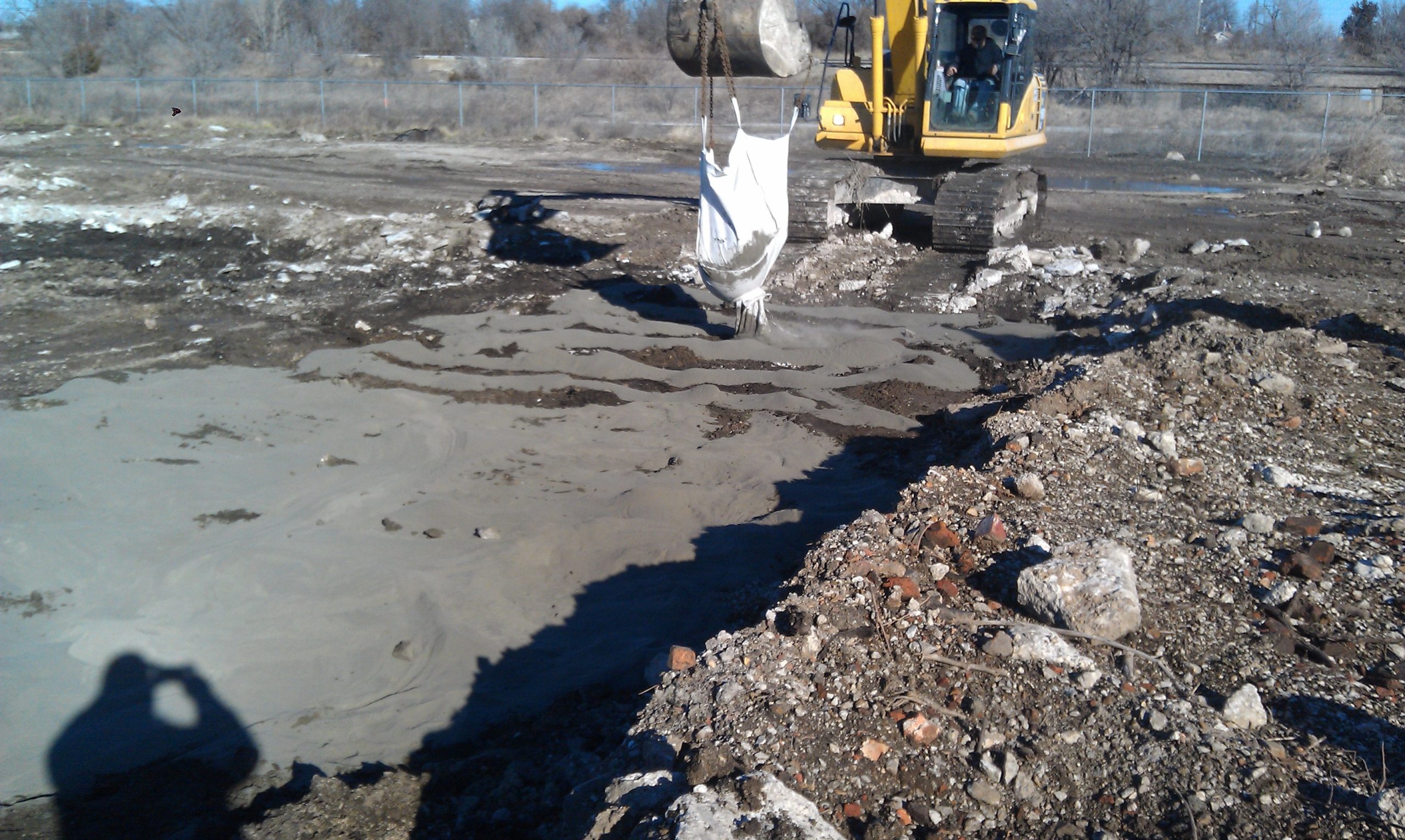
What is Blastox 215®?

Blastox 215® is a dry, fine grain silicate chemistry listed as US EPA Best Demonstrated Available Technology (BOAT) for stabilizing heavy metal wastes, such as lead (Pb). This product is also extremely effective on cadmium, barium, zinc and copper contaminated waste streams.
Because of its effectiveness, Blastox 215® had been used successfully while handling metal contaminated soils on thousands of tons of soil. Its chemistry has a proven long-term stability benefit. You can apply it at low dose rates and have peace of mind knowing that the soil remediation waste will remain stable, always. This significantly drives down the cost of soil remediation disposal as hazardous waste transportation and hazardous waste disposal are avoided, allowing for local, non-hazardous waste disposal.
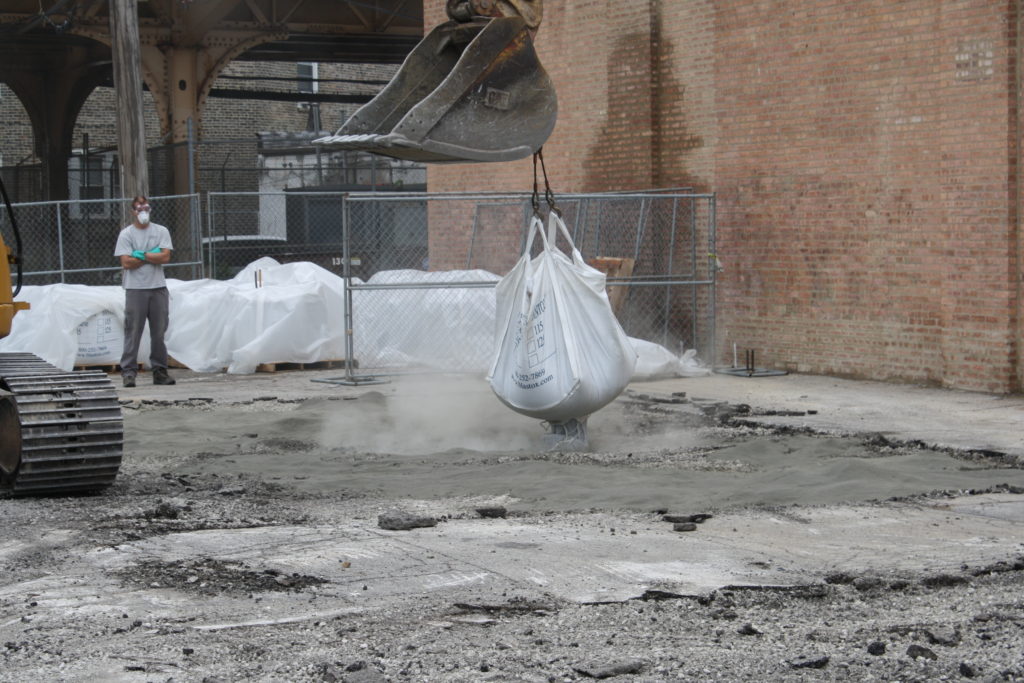
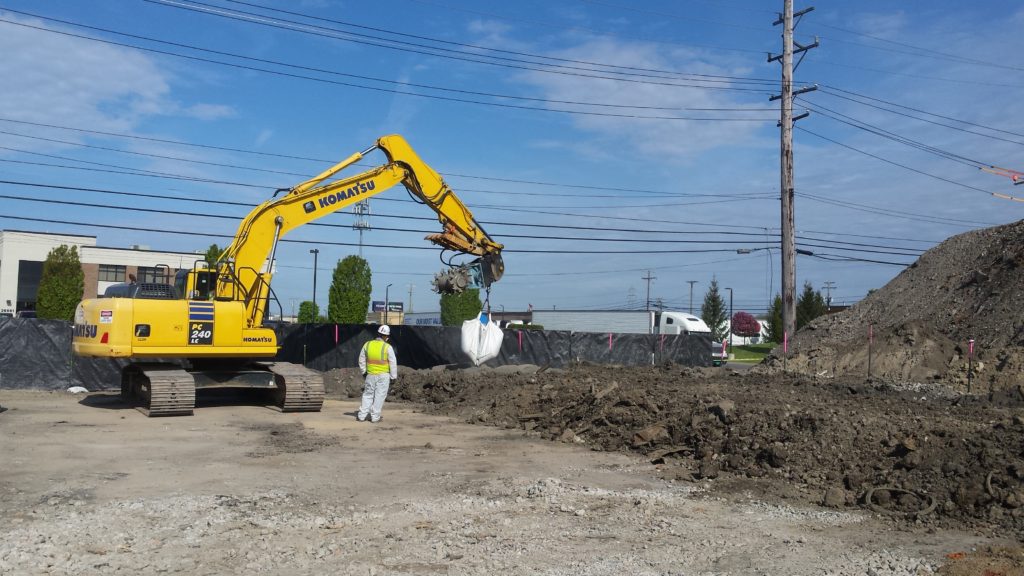
Blastox 215® Soil Remediation Process
1) Determine dosage rate by submitting total metals and TCLP analytical results, or we can run a complimentary treatability study on your samples to verify dosage
2) Calculate quantity of Blastox 215® needed for the soil mass to be treated
3) Using spout bottom, directly apply product to soil
4) Mix to achieve sufficient distribution throughout soil
5) Perform confirmatory TCLP test
6) Dispose of treated soil as non-hazardous for significant savings
